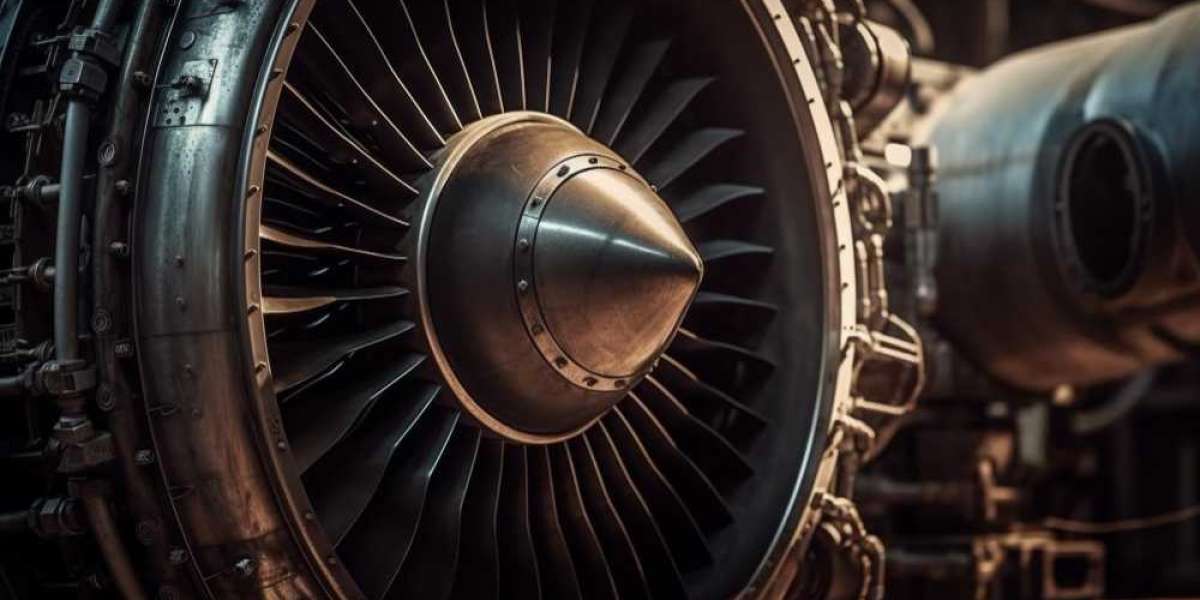Marine engine Parts are the heart of ships powering vessels across oceans, rivers, and ports. Whether it's a cargo ship, fishing boat, or luxury yacht, marine engine parts play a crucial role in ensuring safe, efficient, and reliable operation.
In this blog, we’ll break down the essential parts of a marine engine, explain their functions, and highlight why quality and maintenance matter at sea.
Why Marine Engines Are Unique
Marine engines face harsher conditions than land-based engines. They run for longer hours, handle heavy loads, and are constantly exposed to saltwater, humidity, and vibration. That’s why marine engine components must be:
Highly durable
Corrosion-resistant
Easy to maintain
Built for continuous operation
Key Marine Engine Parts and Their Functions
Here are the major components that make up a typical marine diesel engine (used in most commercial and industrial vessels):
Cylinder Block
The main structure of the engine. It houses the cylinders, coolant passages, and oil galleries, providing the base for all other parts.
Cylinder Head
Bolted on top of the cylinder block, it contains the combustion chamber, fuel injectors, and valves. It plays a key role in compression and fuel ignition.
Piston and Piston Rings
The piston moves up and down within the cylinder, converting combustion pressure into mechanical motion. Piston rings seal the combustion chamber and reduce oil loss.
Crankshaft
Converts the reciprocating motion of the pistons into rotary motion to turn the propeller shaft.
Connecting Rod
Connects the piston to the crankshaft, transmitting combustion force during each stroke.
Fuel Injection System
Delivers high-pressure diesel fuel into the combustion chamber at precise timing. Key parts include:
Fuel pump
Injectors
Injection nozzles
Camshaft
Controls the opening and closing of the engine’s intake and exhaust valves. In some designs, it also helps drive the fuel injection pump.
Turbocharger
Increases engine efficiency by forcing more air into the combustion chamber, resulting in better fuel burn and higher power output.
Cooling System
Maintains the engine at optimal temperature using seawater or freshwater cooling. Includes:
Heat exchangers
Seawater pumps
Thermostats
Lubrication System
Reduces friction and wear on engine parts. Key components:
Oil pump
Filters
Oil coolers
Air Intake and Exhaust System
Manages airflow into the engine and removes exhaust gases. Must be designed to resist corrosion and handle high temperatures.
Starting System
Initiates engine operation. In large marine engines, starting is often done using compressed air rather than electric starters.
Optional or Advanced Components
Governor – Maintains engine speed by regulating fuel delivery
Intercooler – Cools compressed air from the turbocharger
Vibration Dampers – Protect engine and surrounding structures from mechanical stress
Monitoring Systems – Provide real-time data on engine health and performance
Importance of Quality Marine Engine Parts
Using high-quality, marine-grade components ensures:
Longer engine life
Reduced downtime at sea
Lower fuel and maintenance costs
Compliance with marine emission regulations
Poor-quality parts can lead to failures, costly repairs, or even accidents — especially dangerous in open water or remote locations.
Maintenance Tips for Marine Engines
Follow manufacturer-recommended service intervals
Use OEM or certified spare parts
Check for corrosion, leaks, and overheating signs
Monitor oil and coolant levels regularly
Inspect fuel injectors and filters for clogs or wear
Final Thoughts
The reliability of any vessel depends heavily on the condition and quality of its marine engine parts. Whether you’re operating a commercial fleet or maintaining a private boat, knowing your engine’s components is the first step toward optimal performance, safety, and fuel efficiency.












